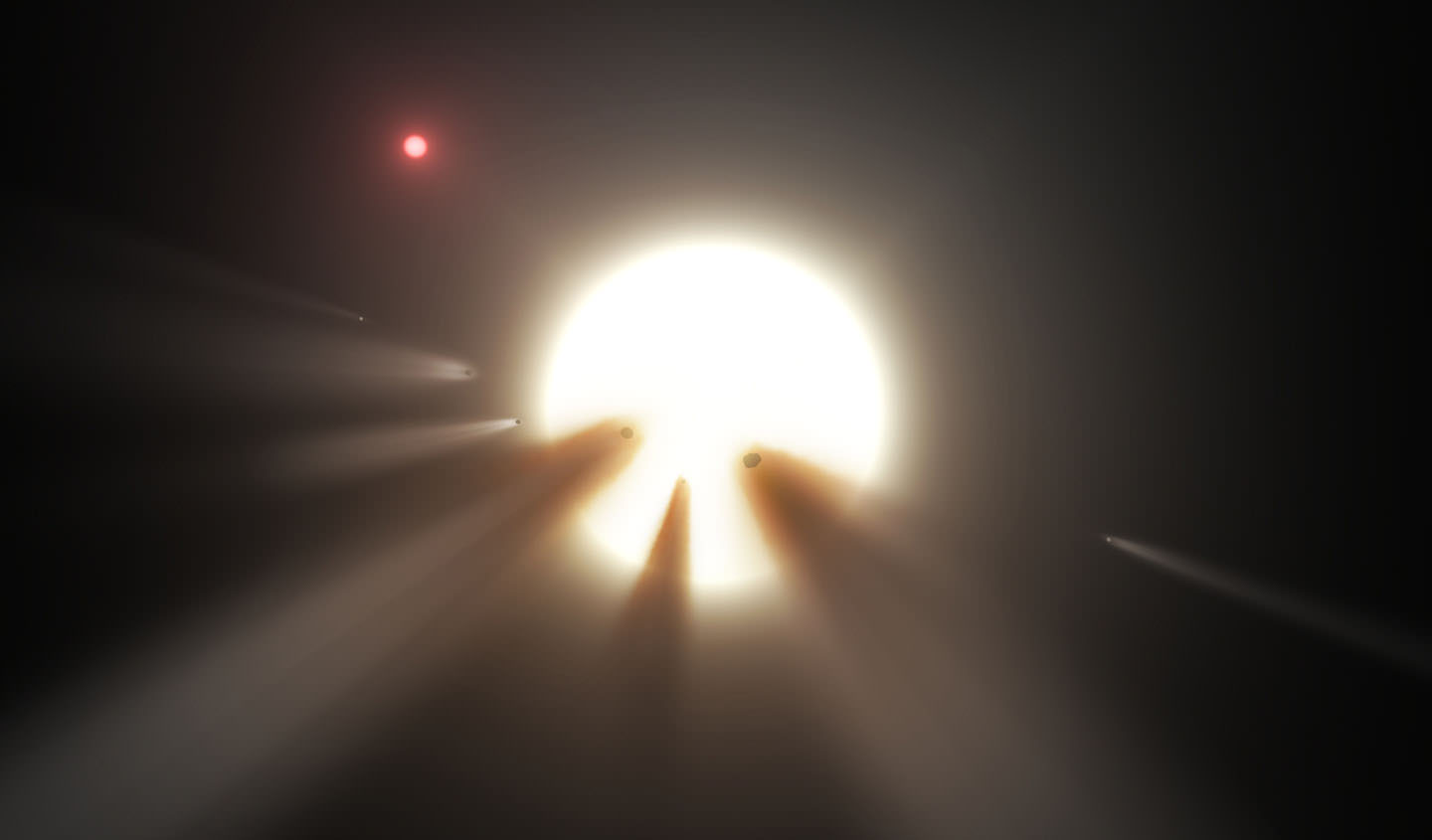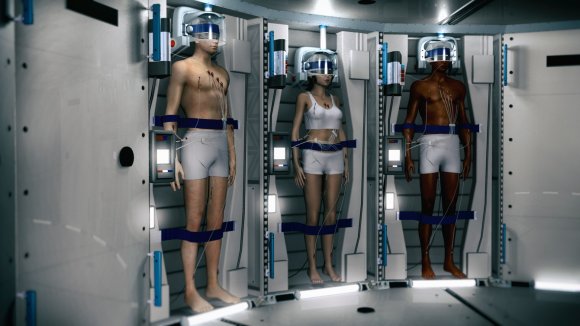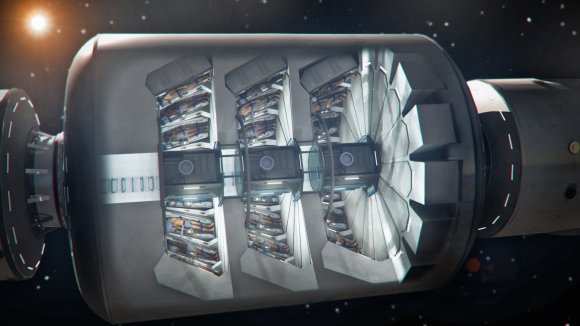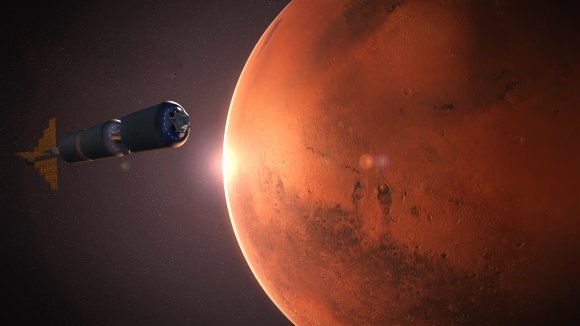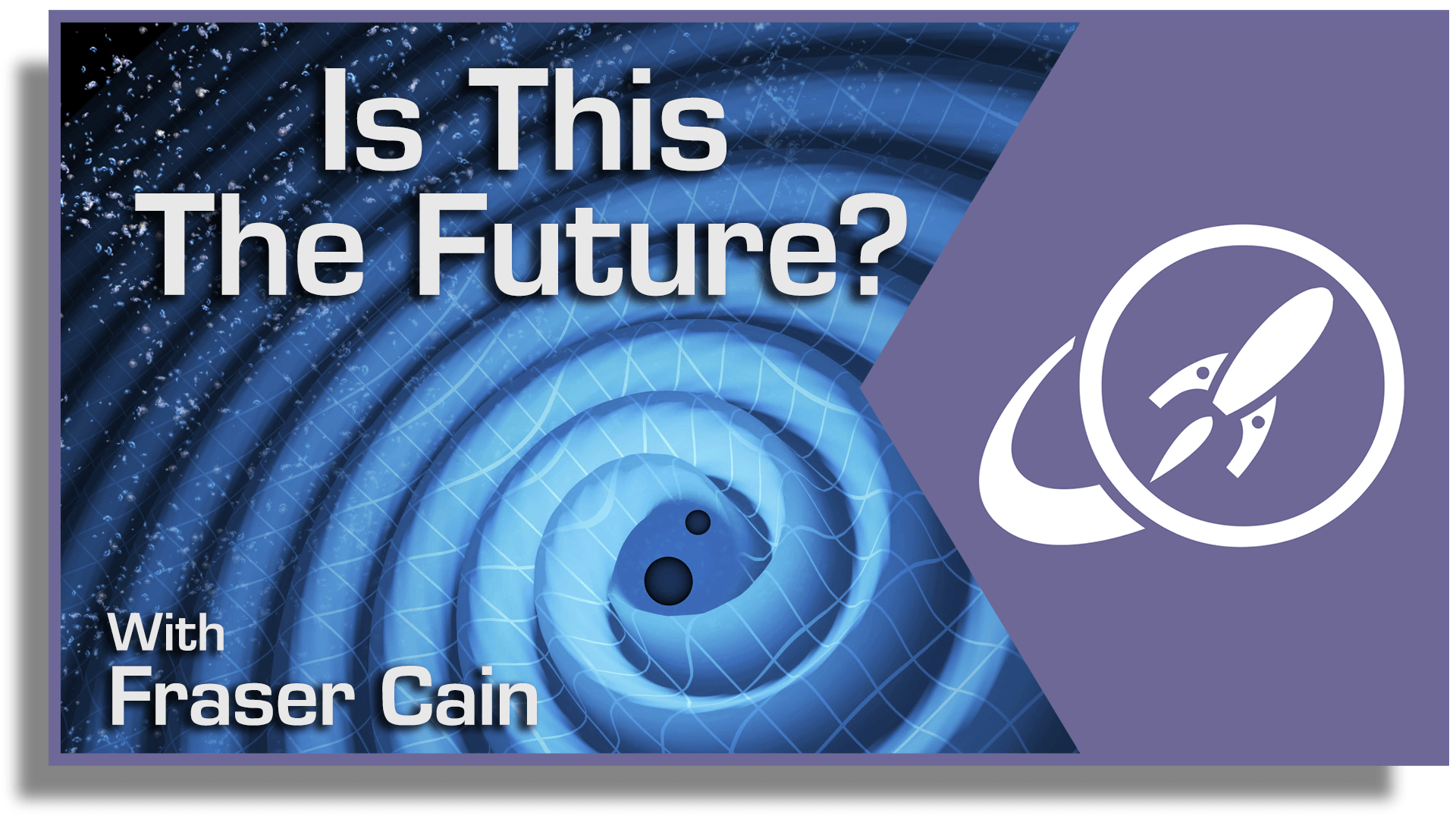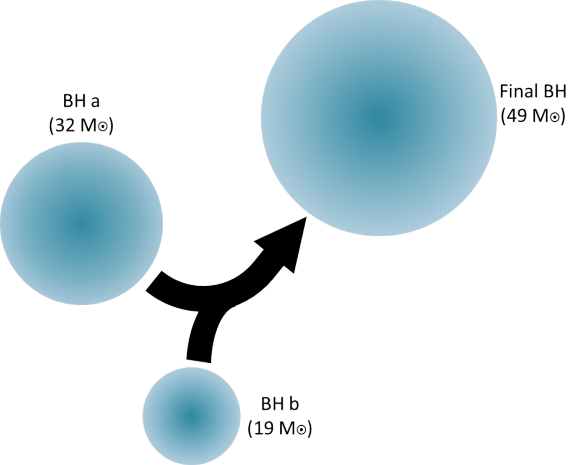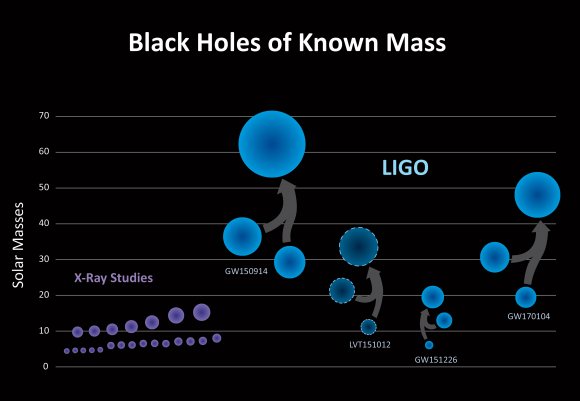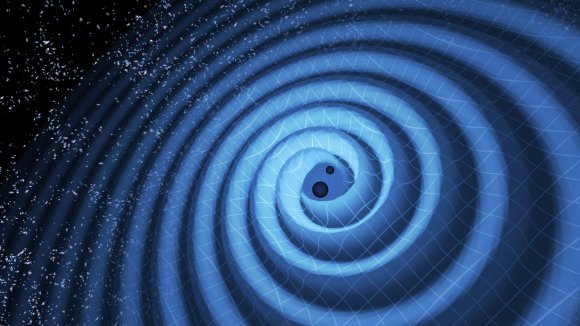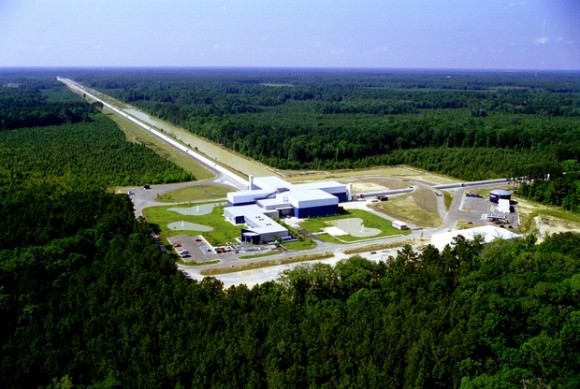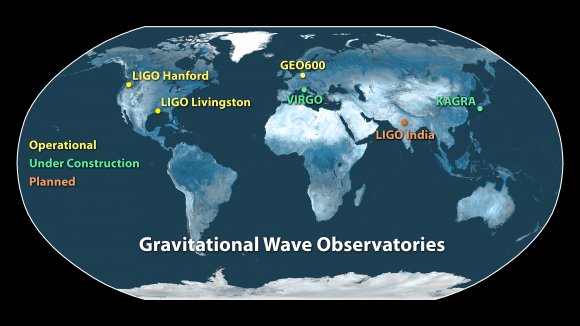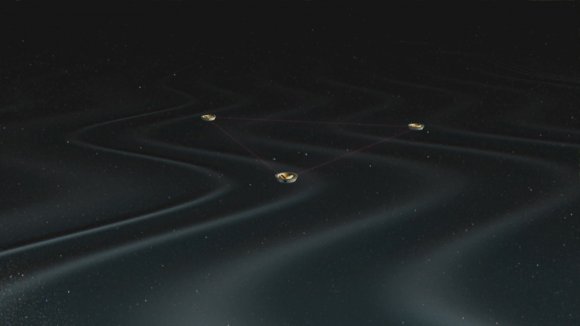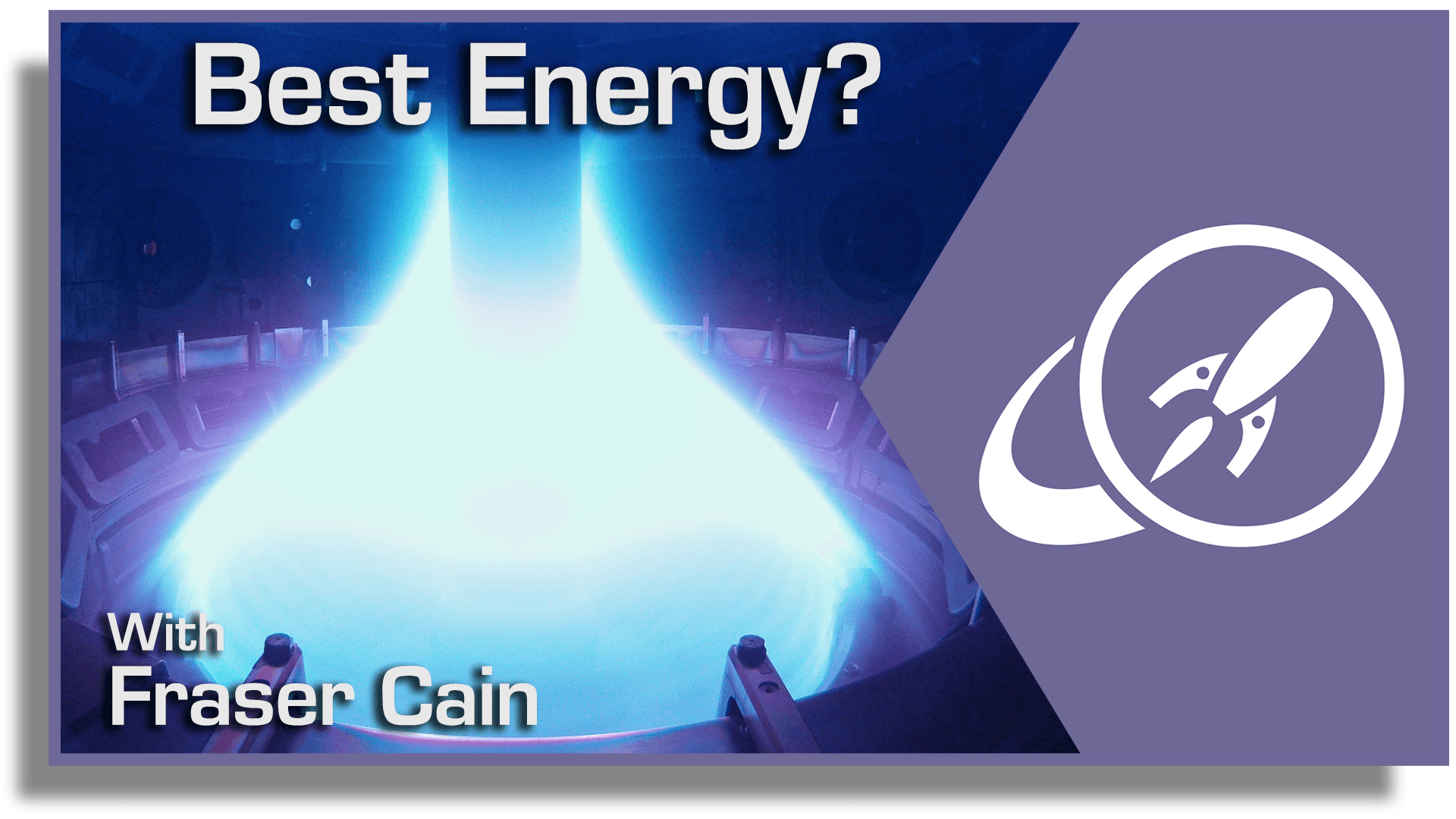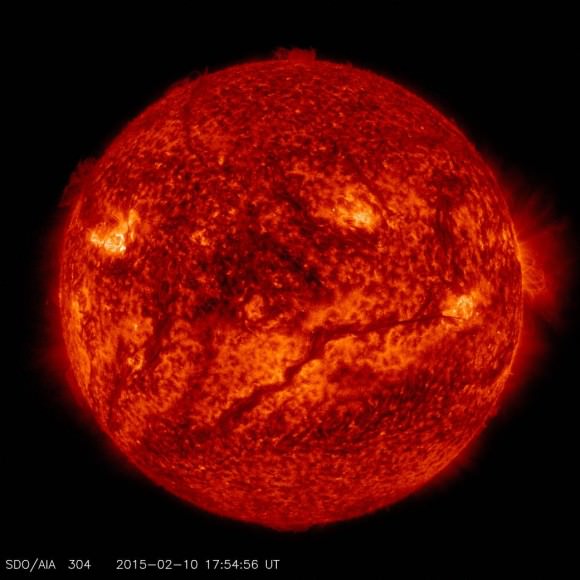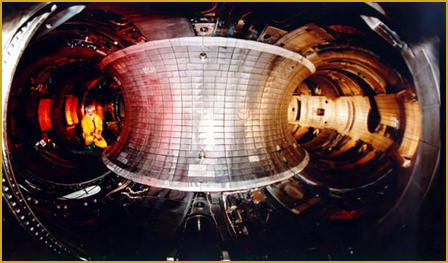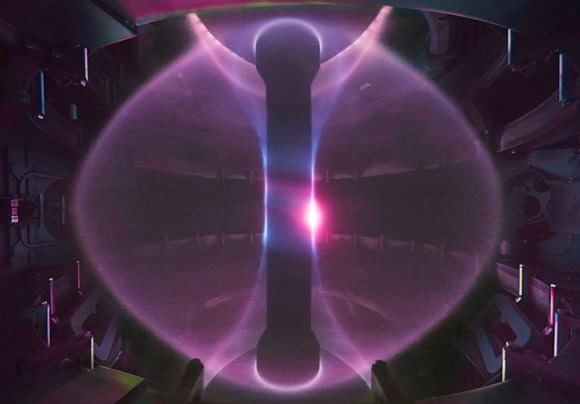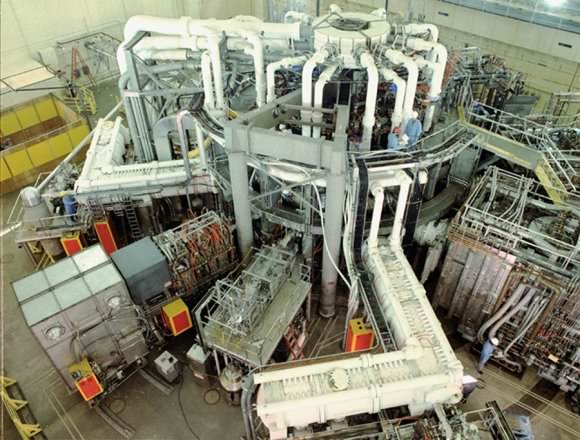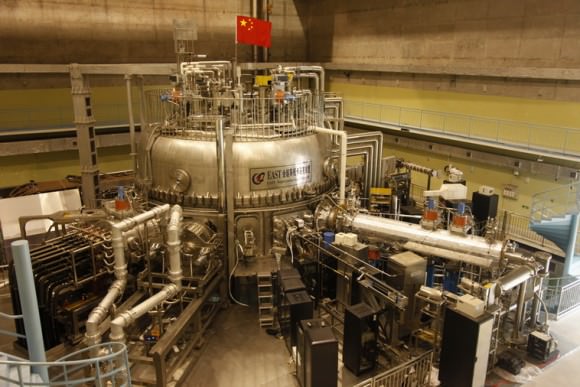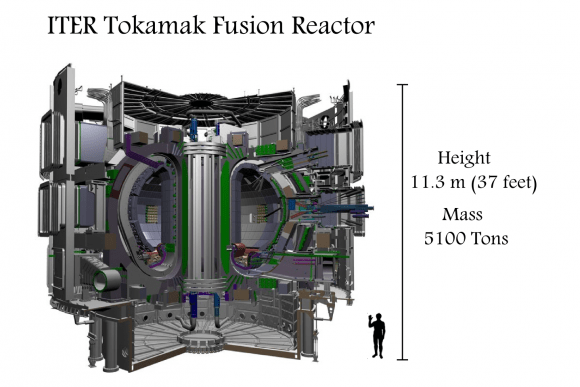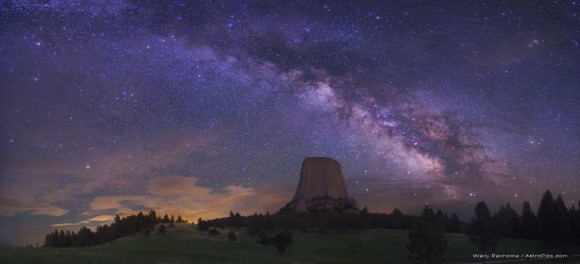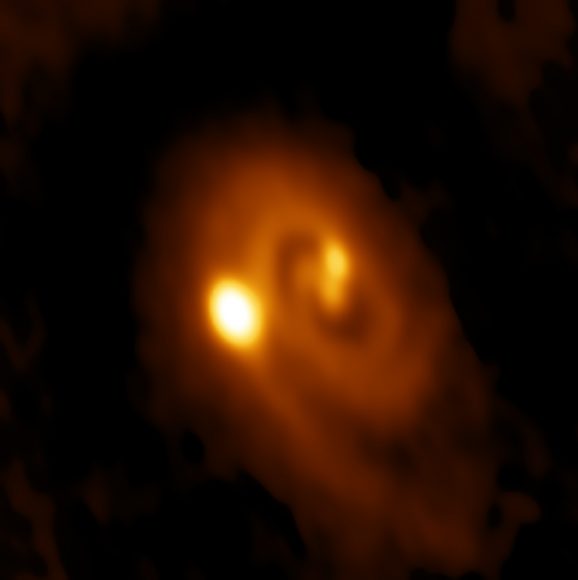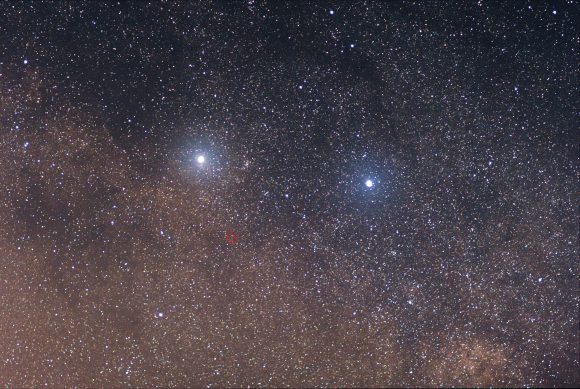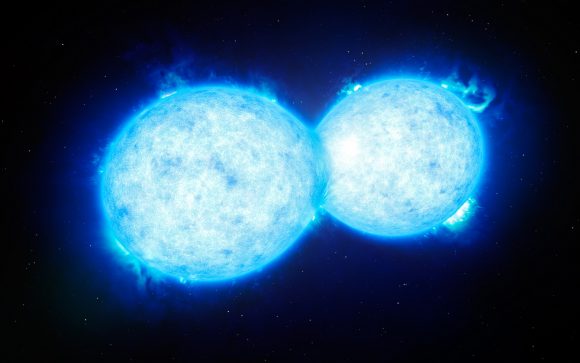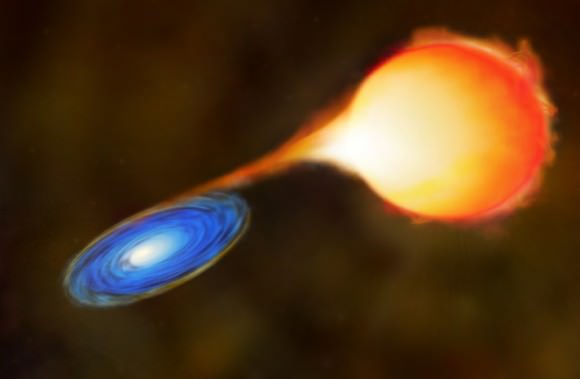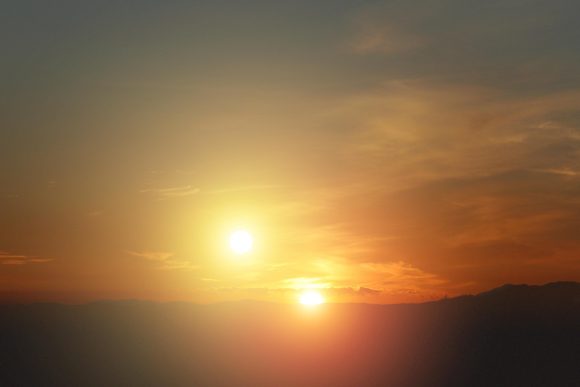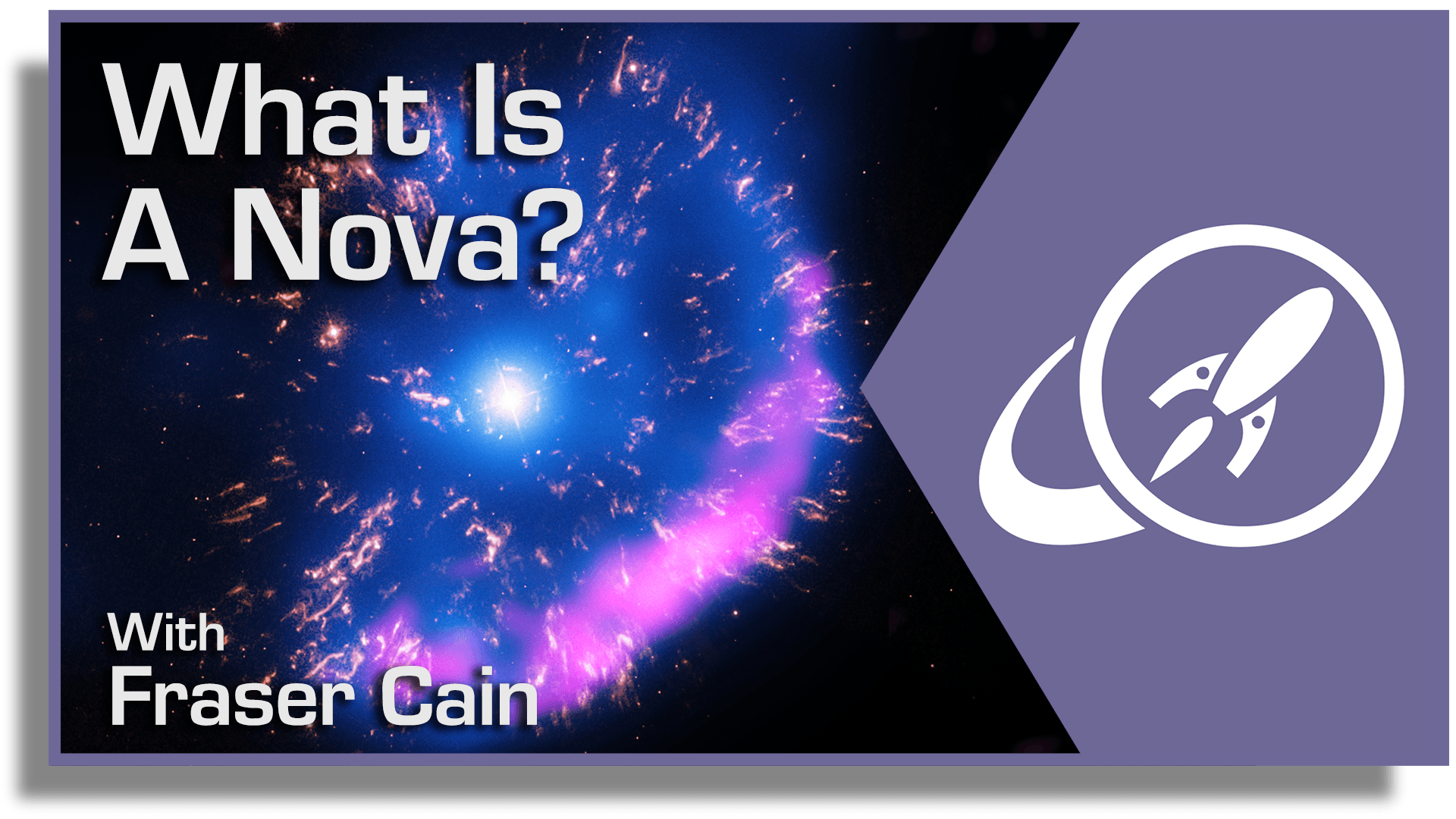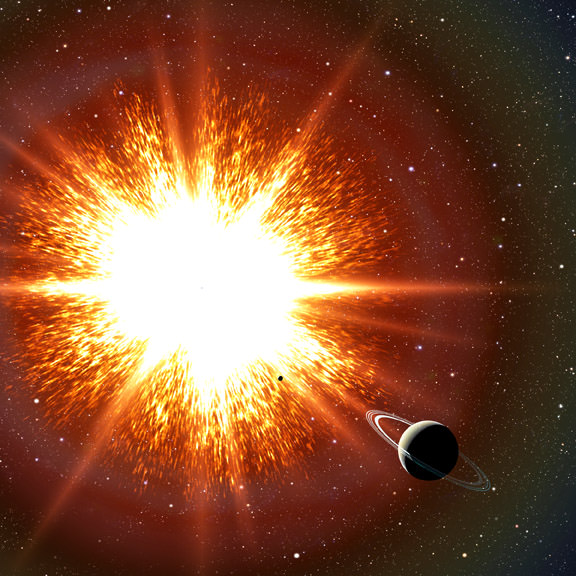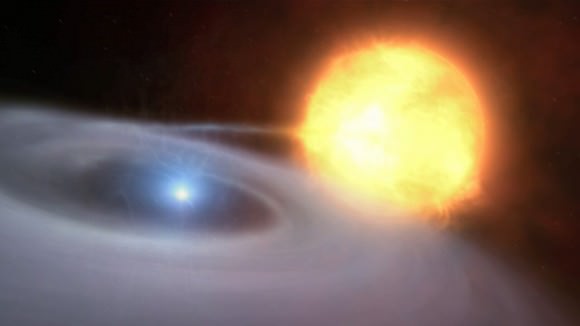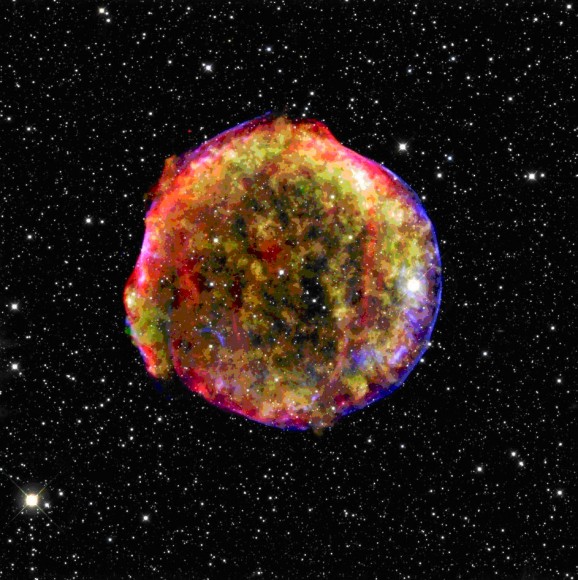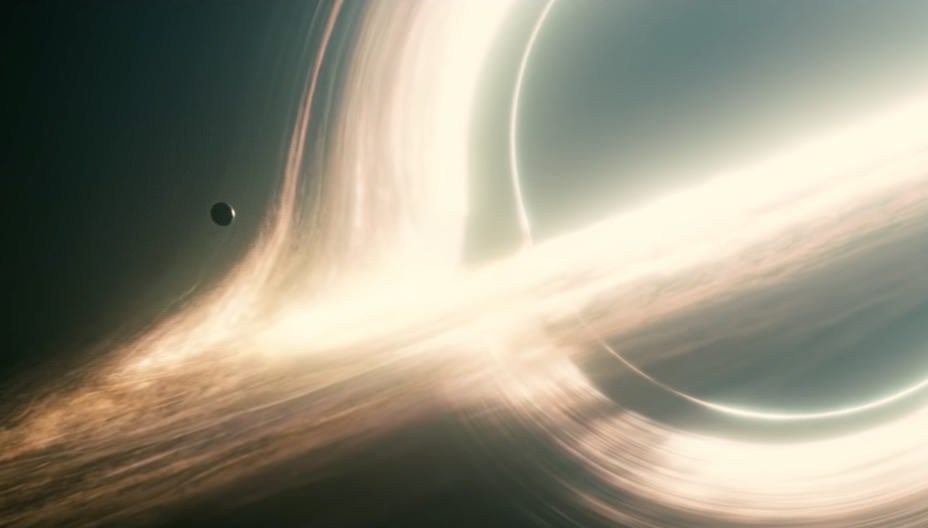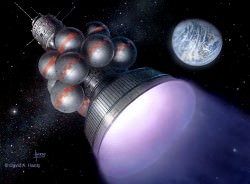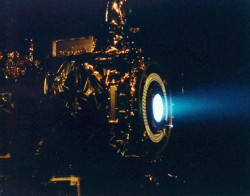To our Solar System, “close-encounters” with other stars happen regularly – the last occurring some 70,000 years ago and the next likely to take place 240,000 to 470,000 years from now. While this might sound like a “few and far between” kind of thing, it is quite regular in cosmological terms. Understanding when these encounters will happen is also important since they are known to cause disturbances in the Oort Cloud, sending comets towards Earth.
Thanks to a new study by Coryn Bailer-Jones, a researcher from the Max Planck Institute for Astronomy, astronomers now have refined estimates on when the next close-encounters will be happening. After consulting data from the ESA’s Gaia spacecraft, he concluded that over the course of the next 5 million years, that the Solar System can expect 16 close encounters, and one particularly close one!
For the sake of the study – which recently appeared in the journal Astronomy & Astrophysics under the title “The Completeness-Corrected Rate of Stellar Encounters with the Sun From the First Gaia Data Release” – Dr. Bailer Jones used Gaia data to track the movements of more than 300,000 stars in our galaxy to see if they would ever pass close enough to the Solar System to cause a disturbance.
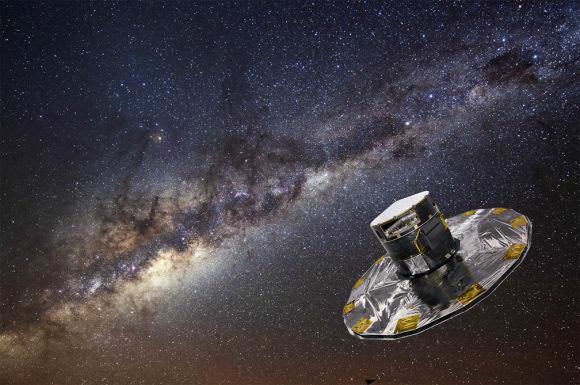
As noted, these types of disturbances have happened many times throughout the history of the Solar System. In order to dislodge icy objects from their orbit in the Oort Cloud – which extends out to about 15 trillion km (100,000 AU) from our Sun – and send them hurling into the inner Solar System, it is estimated that a star would need to pass within 60 trillion km (37 trillion mi; 400,000 AU) of our Sun.
While these close encounters pose no real risk to our Solar System, they have been known to increase comet activity. As Dr. Bailer-Jones explained to Universe Today via email:
“Their potential influence is to shake up the Oort cloud of comets surrounding our Sun, which could result in some being pushed into the inner solar system where is chance they could impact with the Earth. But the long-term probability of one such comet hitting the Earth is probably lower than the probability the Earth is hit by a near-Earth asteroid. So they don’t pose much more danger.”
One of the goals of the Gaia mission, which launched back in 2013, was to collect precise data on stellar positions and motions over the course of its five-year mission. After 14 months in space, the first catalogue was released, which contained information on more than a billion stars. This catalogue also contained the distances and motions across the sky of over two million stars.
By combining this new data with existing information, Dr. Bailer-Jones was able to calculate the motions of some 300,000 stars relative to the Sun over a five million year period. As he explained:
“I traced the orbits of stars observed by Gaia (in the so-called TGAS catalogue) backwards and forwards in time, to see when and how close they would come to the Sun. I then computed the so-called ‘completeness function’ of TGAS to find out what fraction of encounters would have been missed by the survey: TGAS doesn’t see fainter stars (and the very brightest stars are also omitted at present, for technical reasons), but using a simple model of the Galaxy I can estimate how many stars it is missing. Combining this with the actual number of encounters found, I could estimate the total rate of stellar encounters (i.e. including the ones not actually seen). This is necessarily a rather rough estimate, as it involves a number of assumptions, not least the model for what is not seen.”
From this, he was able to come up with a general estimate of the rate of stellar encounters over the past 5 million years, and for the next 5 million. He determined that the overall rate is about 550 stars per million years coming within 150 trillion km, and about 20 coming closer than 30 trillion km. This works out to about one potential close encounter every 50,000 years or so.
Dr. Bailor-Jones also determined that of the 300,000 stars he observed, 97 of them would pass within 150 trillion km (93 trillion mi; 1 million AU) of our Solar System, while 16 would come within 60 trillion km. While this would be close enough to disturb the Oort Cloud, only one star would get particularly close. That star is Gliese 710, a K-type yellow dwarf located about 63 light years from Earth which is about half the size of our Sun.
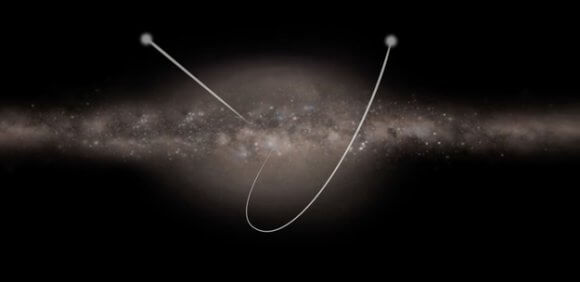
According to Dr. Bailer-Jones’ study, this star will pass by our Solar System in 1.3 million years, and at a distance of just 2.3 trillion km (1.4 trillion mi; 16 ,000AU). This will place it well within the Oort Cloud, and will likely turn many icy planetesimals into long-period comets that could head towards Earth. What’s more, Gliese 710 has a relatively slow velocity compared to other stars in our galaxy.
Whereas the average relative velocity of stars is estimated to be around 100.000 km/h (62,000 mph) at their closest approach, Gliese 710 will will have a speed of 50,000 km/h (31,000 mph). As a result, the star will have plenty of time to exert its gravitational influence on the Oort Cloud, which could potentially send many, many comets towards Earth and the inner Solar System.
Over the past few decades, this star has been well-documented by astronomers, and they were already pretty certain that it would experience a close encounter with our Solar System in the future. However, previous calculations indicated that it would pass within 3.1 to 13.6 trillion km (1.9 to 8.45 trillion mi; 20,722 to 90,910 AU) from our star system – and with a 90% certainty. Thanks to this most recent study, these estimates have been refined to 1.5–3.2 trillion km, with 2.3 trillion km being the most likely.
Again, while it might sound like these passes are on too large of a timescale to be of concern, in terms of the astronomical history, its a regular occurrence. And while not every close encounter is guaranteed to send comets hurling our way, understanding when and how these encounters have happened is intrinsic to understanding the history and evolution of our Solar System.
Understanding when a close encounters might happen next is also vital. Assuming we are still around when another takes place, knowing when it is likely to happen could allow us to prepare for the worst – i.e. if a comets is set on a collision course with Earth! Failing that, humanity could use this information to prepare a scientific mission to study the comets that are sent our way.
The second release of Gaia data is scheduled for next April, and will contain information on an estimated 1 billion stars. That’s 20 times as many stars as the first catalogue, and about 1% the total number of stars within the Milky Way Galaxy. The second catalog will also include information on much more distant stars, will which allow for reconstructions of up to 25 million years into the past and future.
As Dr. Bailer-Jones indicated, the release of Gaia data has helped astronomers considerably. “[I]t greatly improves on what we had before, in both number of stars and precision,” he said. “But this is really just a taster of what will come in the second data release in April 2018, when we will provide parallaxes and proper motions for around one billion stars (500 times as many as in the first data release).”
With every new release, estimates on the movements of the galaxy’s stars (and the potential for close encounters) will be refined further. It will also help us to chart when major comet activity took place within the Solar System, and how this might have played a role in the evolution of the planets and life itself.
Further Reading: ESA

